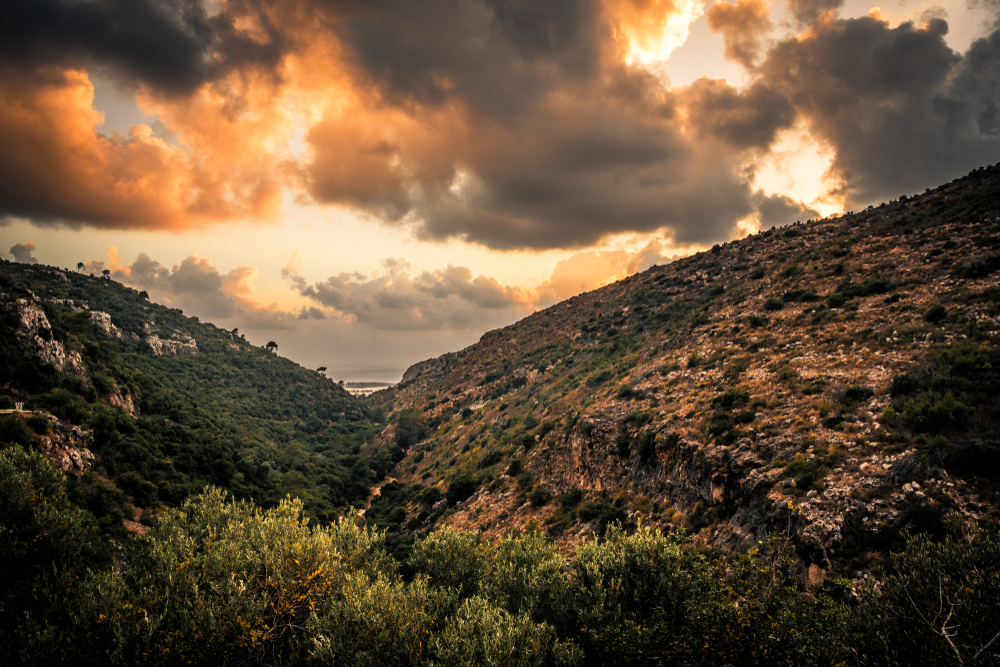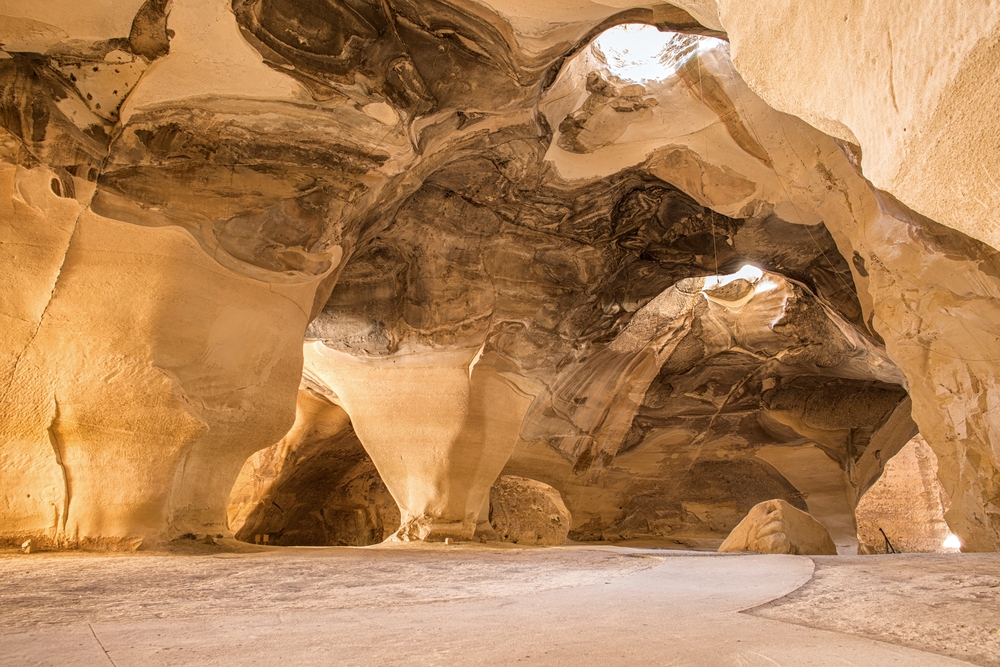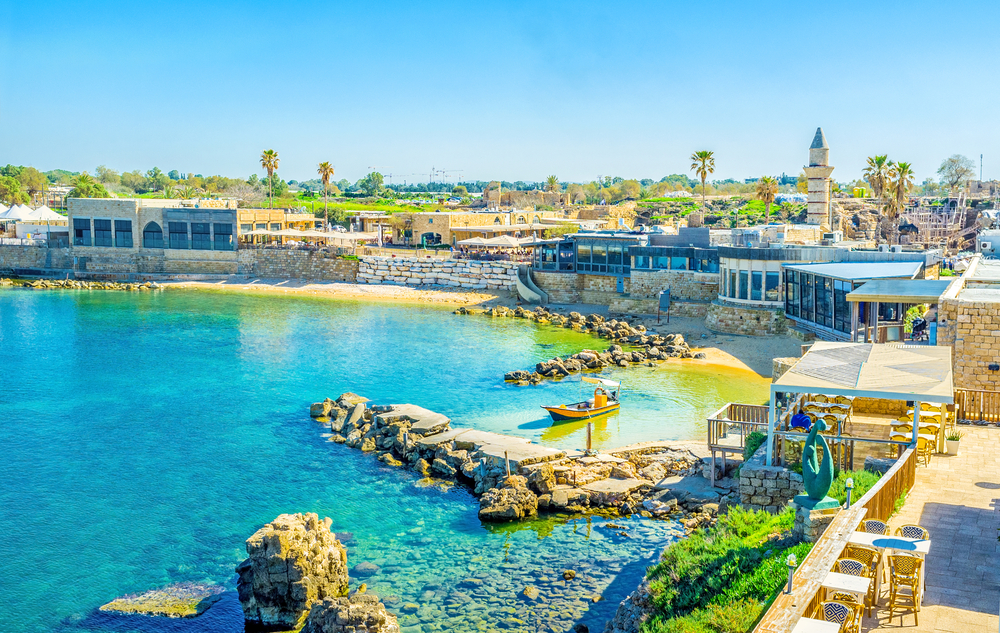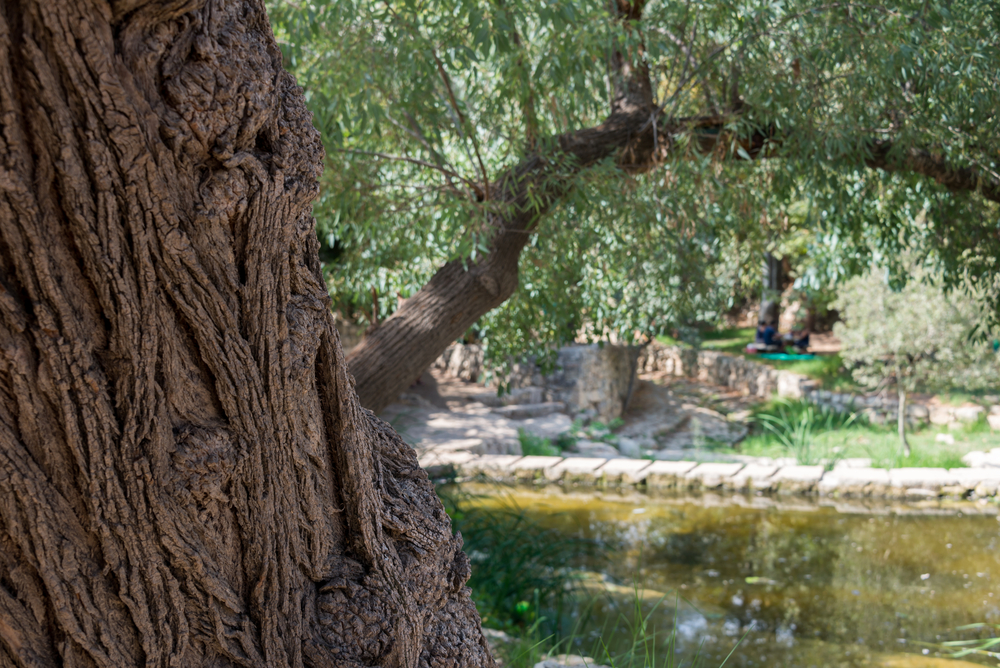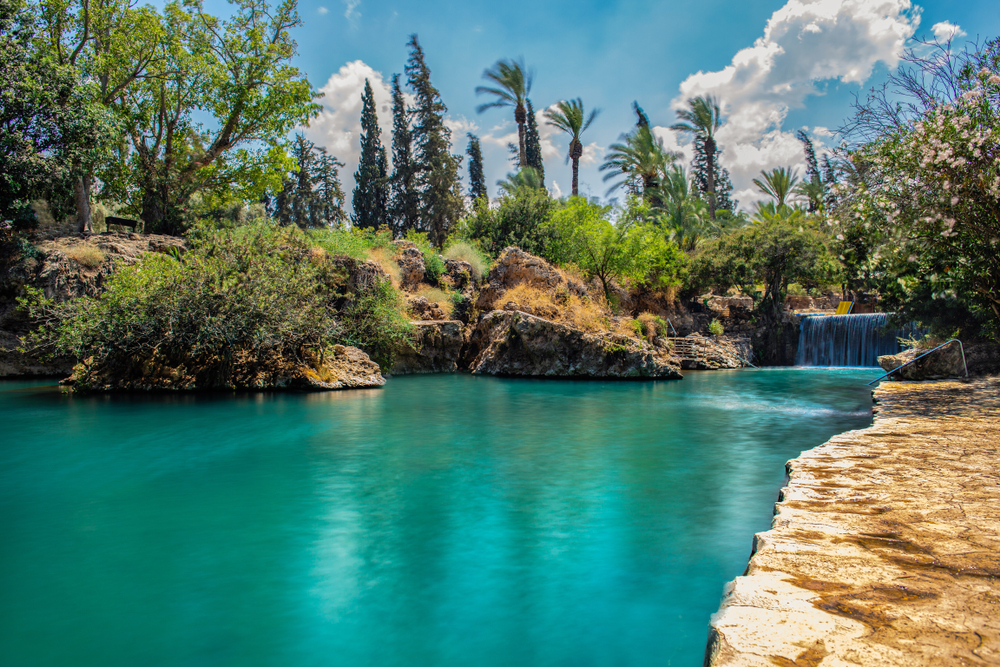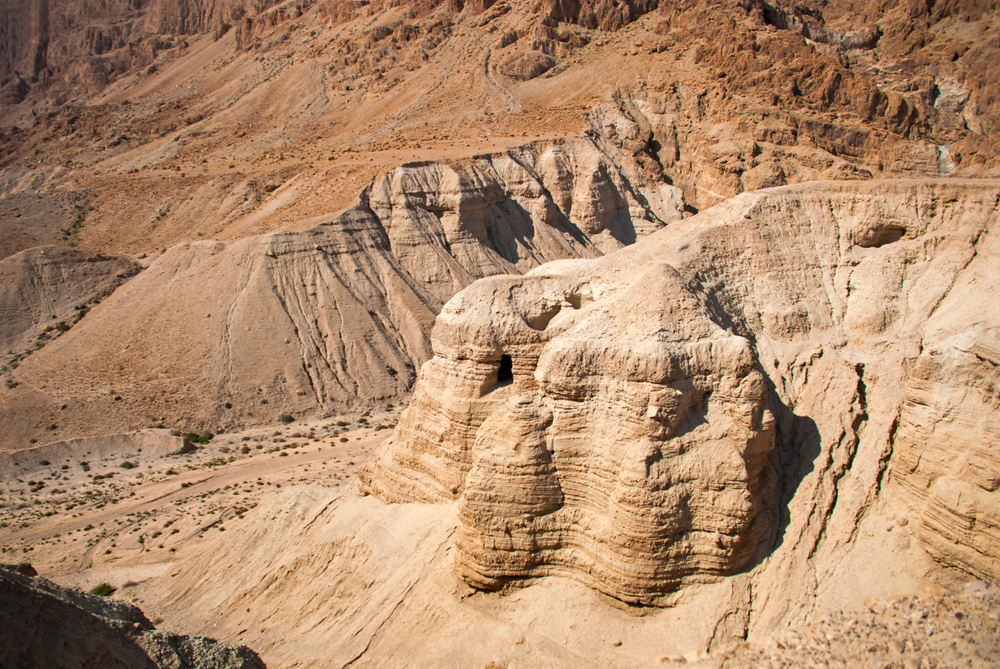Mount Carmel Overview
Mount Carmel National Park in Israel, officially known as HaCarmel National Park. This remarkable park spans approximately 32.4 square miles (84 square kilometers) and is part of the Carmel Mountain range in northern Israel. The park is a UNESCO-designated biosphere reserve, celebrated for its rich biodiversity, archaeological significance, and natural beauty.
The terrain of Mount Carmel National Park is defined by its rugged limestone and dolomite hills, interspersed with valleys and gorges. The park’s elevation provides panoramic views of the Mediterranean Sea, nearby towns, and the fertile Jezreel Valley. Its Mediterranean climate fosters a diverse ecosystem, with vegetation ranging from dense maquis shrublands to open woodlands dominated by Aleppo pines, oaks, and carob trees. Seasonal wildflowers blanket the landscape in spring, adding vibrant colors to the earthy hues.
Wildlife enthusiasts visiting Mount Carmel National Park can encounter a variety of species. Mammals like jackals, foxes, and wild boars roam the park, while birdwatchers can spot kestrels, owls, and migratory birds that frequent the area. Reptiles, such as geckos and snakes, also thrive in this environment. The park’s caves and crevices are home to bats, adding another dimension to its biodiversity.
Mount Carmel National Park offers numerous ways for visitors to engage with its natural and cultural heritage. Hiking trails crisscross the park, ranging from easy walks to more challenging routes that explore its diverse terrain. The park is also renowned for its archaeological sites, including caves that provide evidence of prehistoric human habitation, such as the Nahal Me’arot Caves, a UNESCO World Heritage Site. Visitors can learn about early human life and the region’s cultural history through interpretive displays and guided tours.
Conservation efforts are a priority in Mount Carmel National Park. Protecting the delicate ecosystem from urban encroachment, mitigating the impact of wildfires, and preserving archaeological sites are ongoing challenges. The park authorities work with local communities and international organizations to maintain this balance between accessibility and preservation.
In summary, Mount Carmel National Park is a natural and cultural treasure, offering visitors a chance to explore stunning landscapes, discover rich biodiversity, and delve into the depths of human history. Its unique blend of natural beauty and historical significance makes it a must-visit destination for nature lovers, hikers, and history enthusiasts alike.








































































